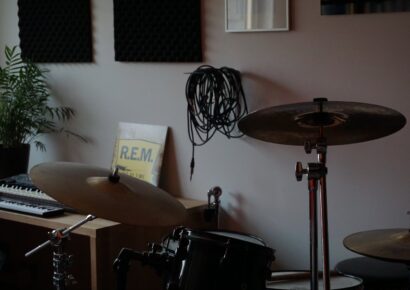Diving into the gear behind the master producer and Australian king of psychadelia, Kevin Parker of Tame Impala.
Kevin Parker: guitar wizard, psychedelic Jesus, production maverick, not a fan of Trevor. You’d be hard pressed to find an artist who’s just as hero-worshipped – both by the resurgent Australian psych-rock scene he unwittingly pioneered, as by the droves of new fans that have flocked to the catchy hooks and ethereal synth-pop perfection of his later work.
Read up on all the latest features and columns here.
From humble beginnings recording drums to cassette on his family’s hi-fi system as an 11-year-old, to decking out a beachfront studio with vintage gear, touring the world’s biggest festivals, and working with some of the most revered names in popular music like Travis Scott, Lady Gaga and Mark Ronson, Kevin Parker’s rise to superstardom has been inexorable. Here’s a look at some of the gear that’s accompanied him and the unorthodox ways he’s used it to architect the unmistakeable sound that’s made him so famous.
“Guitars?”
One constant through the wild evolution of Parker’s sound is twisted, mangled, swirling guitars that paint his signature psychedelic dreamscapes. Tame Impala’s first record, Innerspeaker, was recorded almost entirely on a Strat – but such is the extent of the sonic manipulation at times, you’d never guess it. This was partly down to creative exploration, but also partly financially necessary as Parker explains in an interview with Guitar.com:
“If I wanted an organ sound, I had to try and make a guitar sound like an organ. I’d take the attack off, roll the tone knob off, play with my fingers rather than a pick. I had to do things like that because I didn’t own any keyboards or synthesizers, but I also liked the idea that I could do it without synths, y’know?”
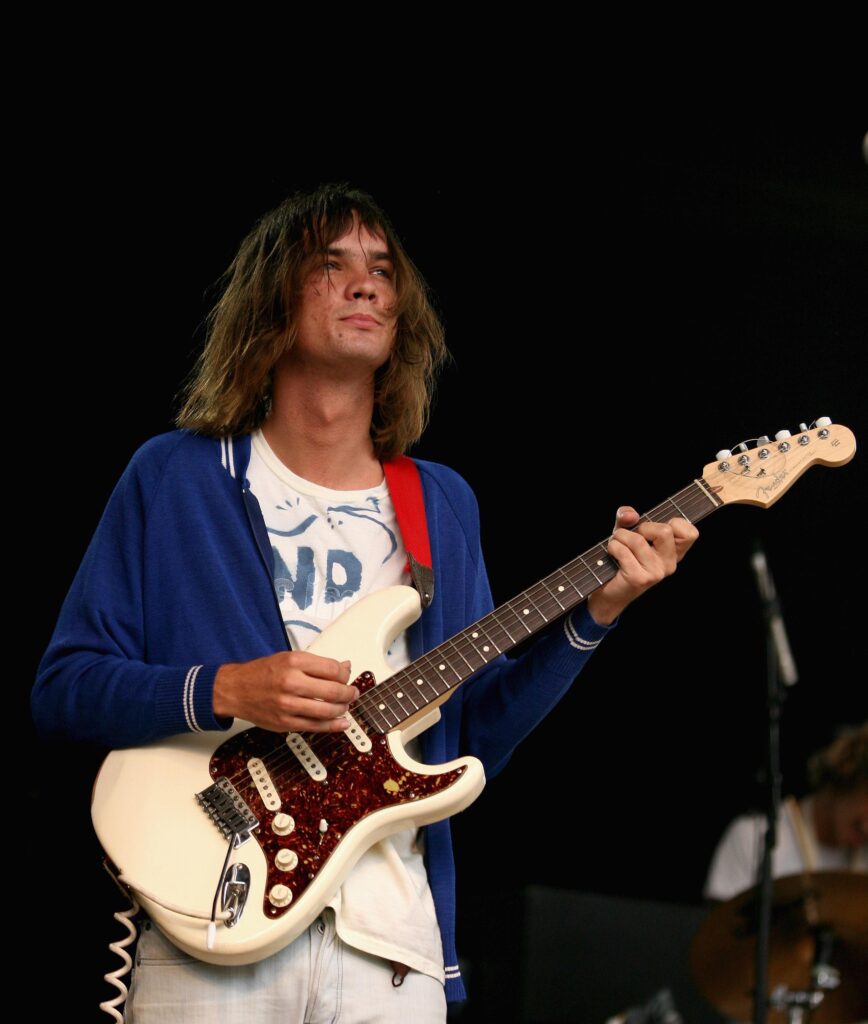
Those iconic early drum sounds
Soaring, washed-out falsetto and modulated fuzzy guitars are what first spring to mind when you try to define the early Tame Impala sound, but the vibey, 70s-style drums, thick with saturation and compression-enhanced groove are arguably just as integral. Almost unthinkable in a modern recording environment, but par for the course in the studios of old that Parker was seeking to emulate, the tracking was completed with just three mics – a Rode K2 valve condenser as an overhead and two trusty Shure SM57s spot micing the kick and snare.
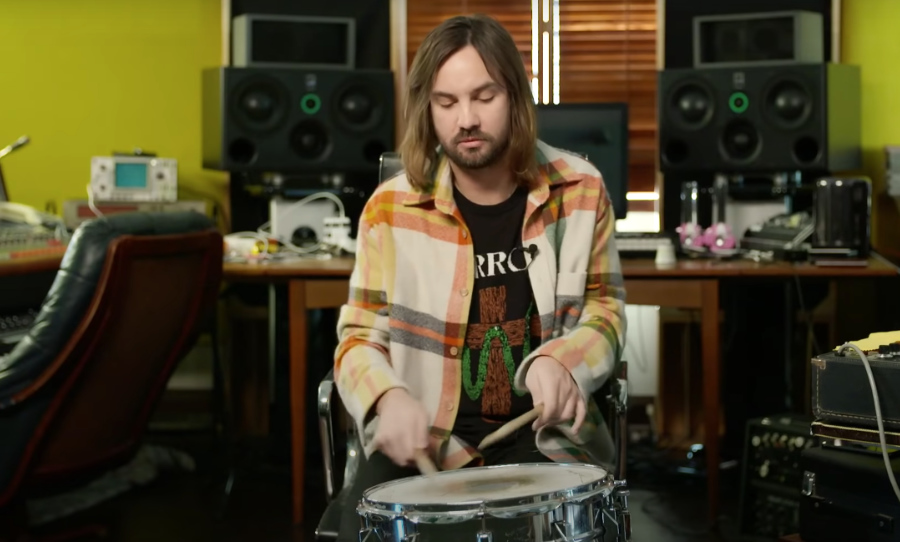
Despite being ostensibly unsuited to kick drum duties with its bass frequency roll-off below 200Hz, Parker swears by the ‘57: “Our sound guy always says, ‘It’s not a very good mic to use. Are you sure you don’t want to try something else that’s meant for a kick drum?’ But I just love that ‘bop bop’ sound of the kick. I hate the kick drum sound that’s way too clicky.”
Compression is the other secret ingredient – spades of it. The DBX 165A is Parker’s drum smasher of choice, with the VCA-style comp capable of super-fast attack and release settings that pump and distort the signal, adding thickness and groove, and enhancing the natural reverb of the room.

Effects Pedals
There’s a few effects pedals that have been indispensable to Parker’s sound over the years, chief among them the Boss BD-2 Blues Driver, the Electro-Harmonix Small Stone phaser and Holy Grail reverb, and stacks and stacks of fuzz pedals. One of his distinctive techniques is to run overdrive right at the end of his pedal chain, after all of the delay, reverb and modulation, to create the thick, harmonically rich, almost synth-like guitar tones that he’s associated with.
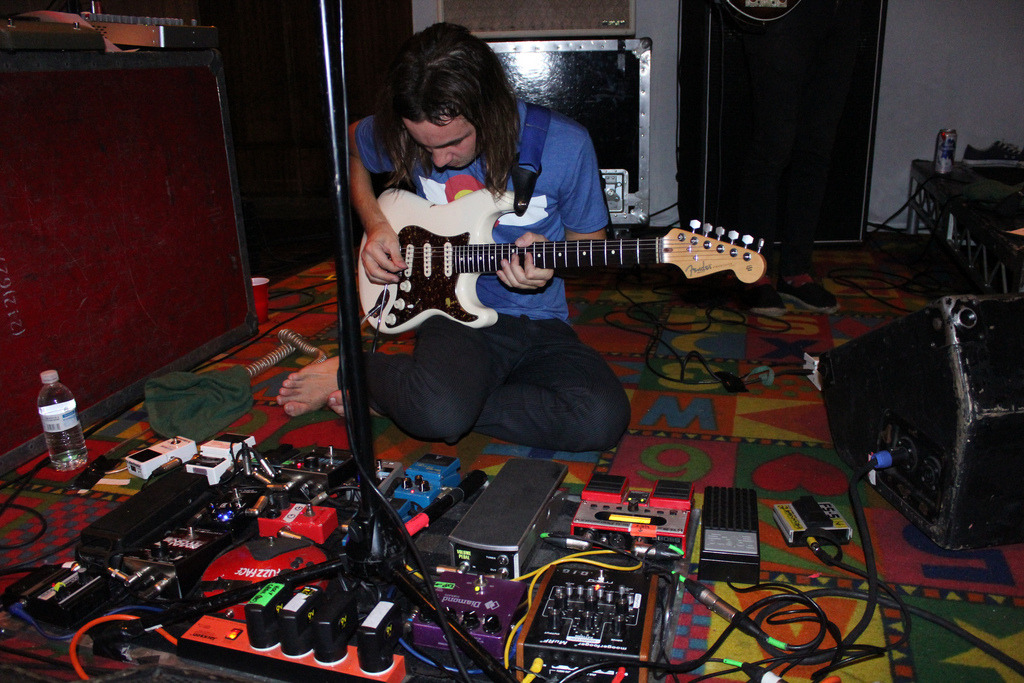
Speaking of synth-like guitars, the Roland GR-55 guitar synth was responsible for one of his most iconic sounds – the “bass” on “The Less I Know the Better”. Infamously, the track was demoed late at night in a hotel room with hardly any gear – for a makeshift bass sound, Parker ran a guitar through the P-Bass preset on the guitar synth, pitching the signal down an octave and driving it a little, and ended up liking the unorthodox result so much that it made it to the record.
Synthesizers

With a bit of a budget to record his second album, Parker was no longer in a position where he had to use guitars to make synth sounds. One of his first synth additions was Roland’s Juno 106, and it’s featured heavily on all Tame Impala records since Lonerism:
“The Juno is just instant and you feel like you’re in a movie when you’re playing it. Y’know, you feel you’re in the soundtrack from any of those classic kind of ’80s movies. I love things that are just instant nostalgia. I love anything that’s kind of evocative.”
You can bet he’s still smashing his synths through a stack of guitar pedals though:
“After all the effects and everything they can both end up in the same place, but the way the sound is produced makes you think a bit differently about how you’re going to play these chords, this melody, or whatever”.
Studio Gear
Once upon a time, Parker relied on an archaic Boss BR-1600 digital multitrack for all of his recording duties, limiting him to 16 channels of 16-bit WAV audio which could only be exported one at a time at a glacial rate. The discovery of Ableton Live opened the door to a whole new world of possibilities, and after years of hard graft and trial and error in the studio, Parker’s recording technique has improved a great deal and he’s embraced some of the conventions of the modern studio.
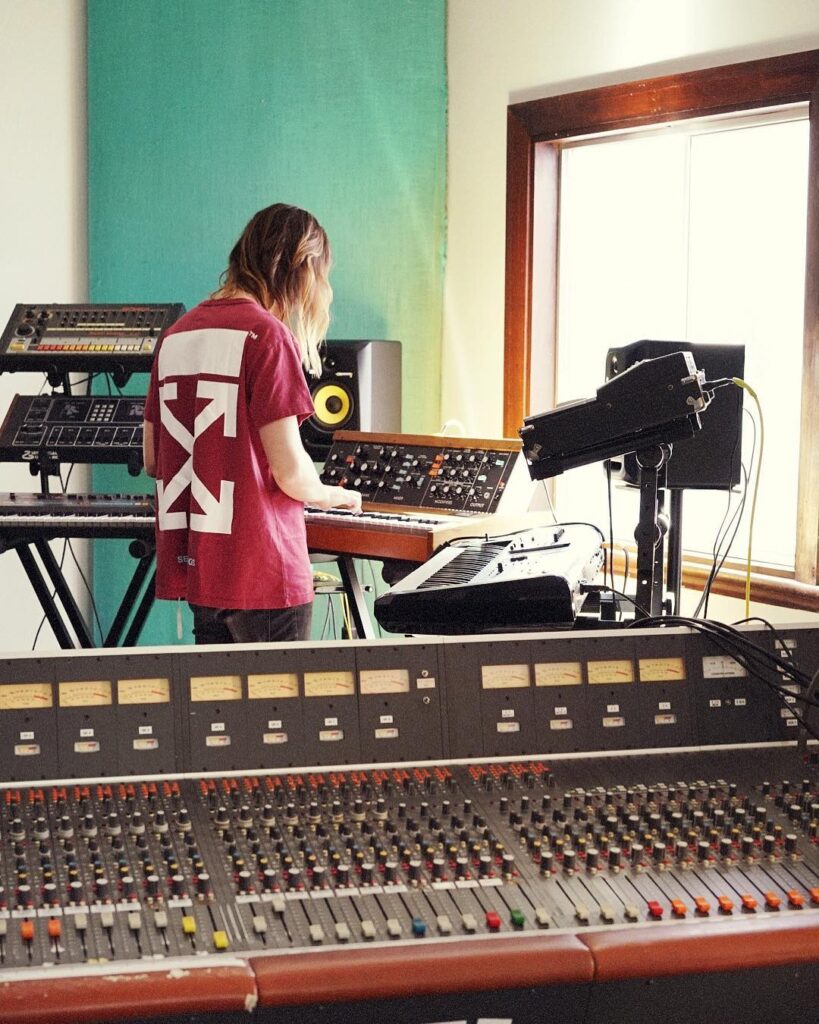
These days, he’s kitted out with such luxuries as a Studer 963 console, Revox B77, Ampex ATR-700 and TEAC A2340R tape machines, plus all manner of mics and outboard gear. But that’s not to say he’s abandoned his retro roots altogether – where the first two Tame Impala records were explicitly lo-fi in sound, Parker’s later work combines and contrasts fizzy, warped textures with more clean, crisp-sounding elements to create a much wider sonic palette.
“I’ve always tried to make things hi-fi, but I just haven’t had the ability. At the same time I’ve always loved lo-fi sounds. To me, they’re always the most instantly cinematic. Anything lo-fi, wobbly and crusty instantly transports you.”
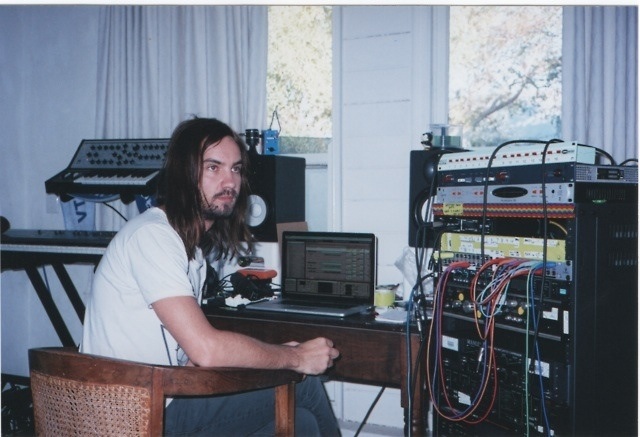
They say you have to know the rules before you can break them, and though he’s finally learned some of the rules, it’s his fearlessness to experiment with unorthodox techniques and sounds, actively subverting conventional wisdom around modern recording techniques, coupled with an impeccable ear for what serves a given song, that have cemented Kevin Parker as a titan of modern music.
Craving more KP? Check out Tame Impala’s collaboration with bass maverick Thundercat.

